Critical Analysis
Critical Analysis
What is Critical Analysis?
In general, critical analysis implies the ability to contemplate, question, and explore ideas in depth without accepting superficial answers. In literature, critical analysis means taking a close look, both at the small details and the big picture, of a written work and carefully judging or evaluating both the faults and merits of the piece.
Major Aspects
- Analysis
When you analyze information, you mentally divide it into its parts. Then, you look for any relationships that may exist among the various parts.
For example, when you critically read an essay, you break down the essay into the following parts: thesis statement, major supports, secondary supports, and conclusion.
- Questioning Attitude
You should understand what the author is saying, and you should challenge or question the author as well.
For example, you may question the validity of the author's main point or ask whether the text agrees or disagrees with other writings on the same topic
-
Active Reading
Your mind needs to be actively engaged as you read. Concentrate on the text that you are reading; do not let your mind get distracted.
For example, you can highlight or underline important sentences in a story or make notes in the margins about information or ideas in a certain paragraph.
To Read Actively:
- Pay attention to the title to see if it offers clues to the tone and thesis of the text.
- Read any biographical information about the author, both to note his or her credentials and to determine whether he or she has a particular bias on the subject.
- Read the opening and closing paragraphs to get an idea of the author's thesis and conclusion.
- Reread the entire written work; you might discover aspects you missed the first time.
Key Elements To Look For:
Authors use various literary elements to tell a story or to convey significant meanings within a story. When you critically analyze a written work, look for the following literary elements*:- Allegory
- Character
- Conflict
- Imagery
- Irony
- Point of View
- Setting
- Symbolism
- Theme
- Tone and Style
Remember:
Assignments in college classes are often packed with information and, therefore, require that you think and read critically. The major aspects of critical analysis are the ability to analyze information, the ability to read with an open mind and questioning attitude, and to read actively. When critically analyzing a work, look for the major literary elements that the author used.
*Individual handouts are available on each of these literary elements.
Page last updated June 26, 2023.


